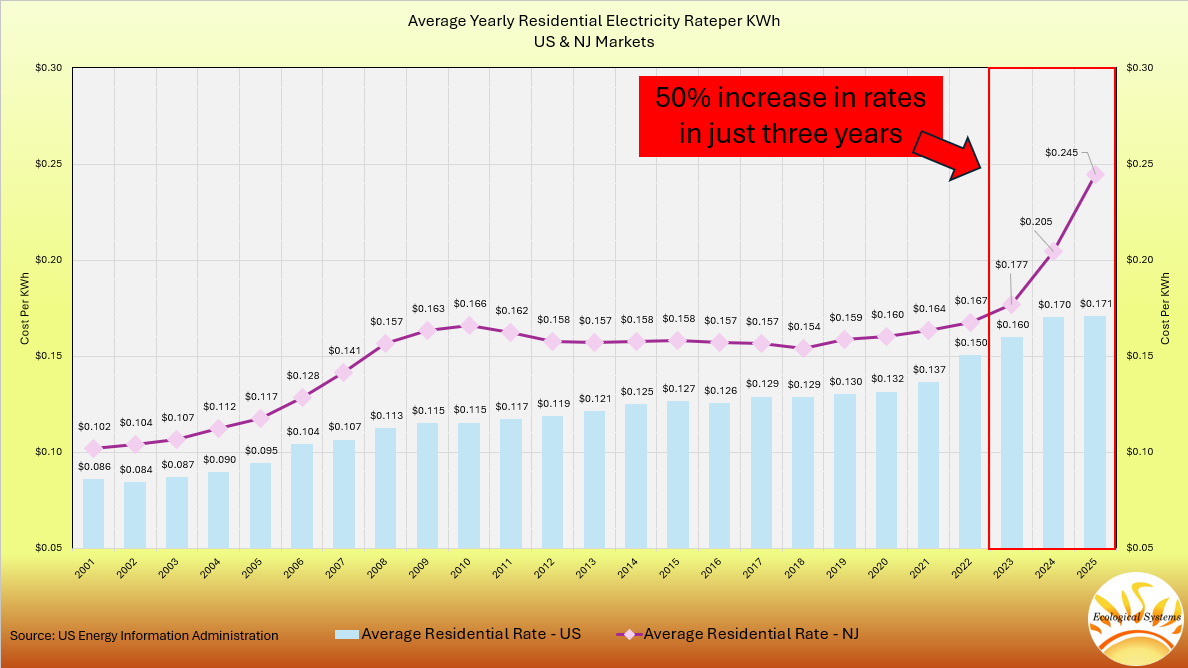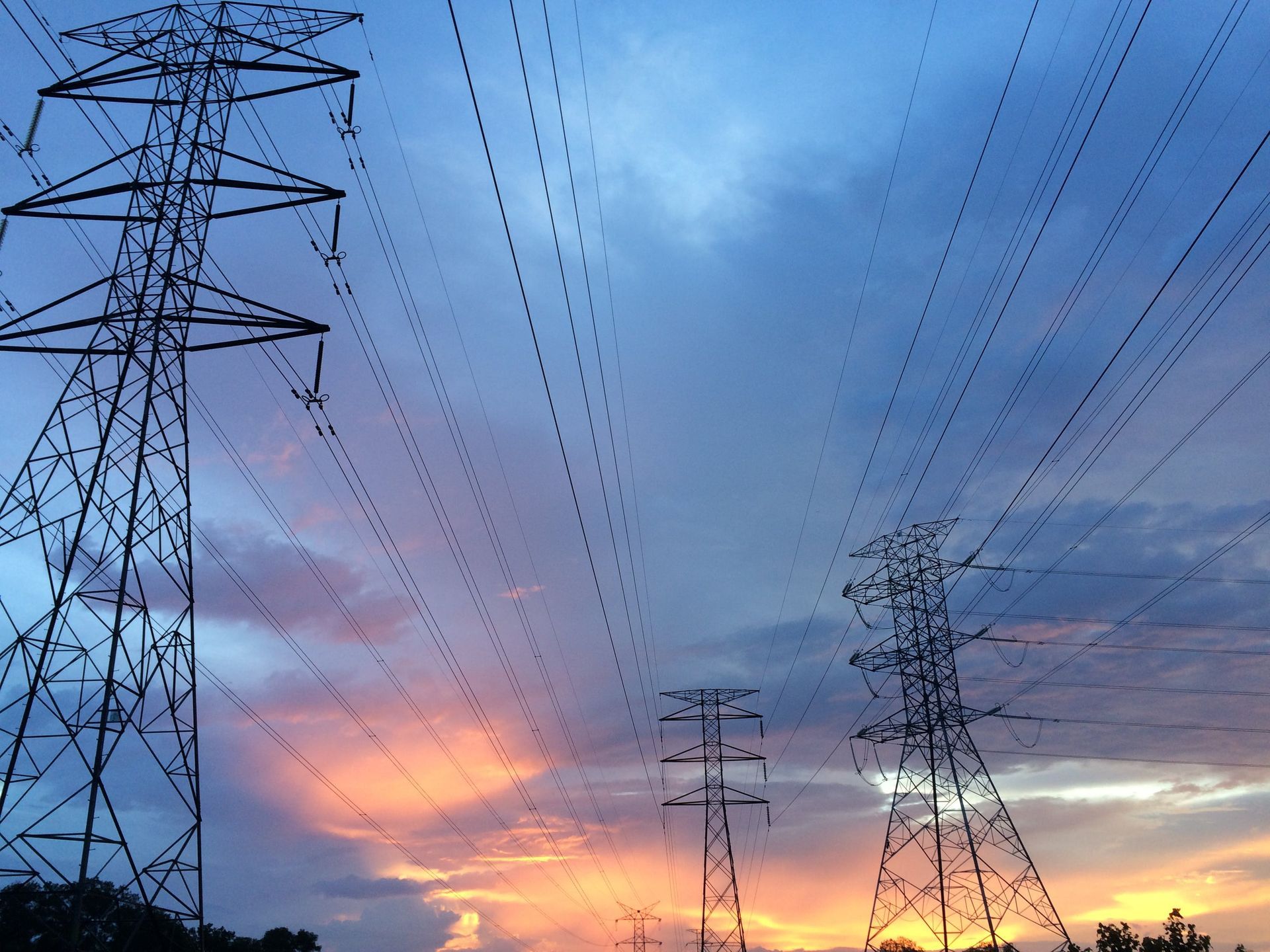Understanding California's NEM 3.0: Why It's a Setback for Solar Adoption and a Warning for New Jersey
Understanding California's NEM 3.0: Why It's a Setback for Solar Adoption and a Warning for New Jersey
California has long been at the forefront of the renewable energy revolution, with its groundbreaking net metering policies playing a crucial role in the widespread adoption of solar power. However, the latest iteration, Net Energy Metering 3.0 (NEM 3.0), represents a significant shift that could hinder solar adoption. This article explores NEM 3.0, its detrimental implications for solar customers, and the potential consequences for states like New Jersey should they follow California's lead. It also underscores the necessity for New Jersey's new energy master plan to prioritize solar energy for a sustainable future.
What is Net Energy Metering?
Net Energy Metering (NEM) allows solar customers to receive credit for the excess electricity they generate and send back to the grid. This credit offsets the cost of electricity consumed from the grid when solar panels aren't producing enough power. This policy has been vital in promoting solar adoption, particularly in regions like the north east, during the winter months.
The Evolution of California's Net Metering Policies
California's net metering policies have evolved significantly over the years:
- NEM 1.0 (1996): Established the concept of net metering, allowing solar customers to receive credit for their excess solar energy.
- NEM 2.0 (2016): Added benefits, including credit for excess solar energy at retail rates.
- NEM 3.0 (2023): Introduced a net billing tariff, crediting solar customers at rates based on avoided costs rather than retail energy prices.
Key Changes in NEM 3.0
NEM 3.0 brings several significant changes:
- Switch to a net billing tariff: Excess solar energy sent to the utility grid is credited based on avoided costs, not retail prices.
- Grandfathering existing customers: Systems installed before April 2023 remain under NEM 1.0 or NEM 2.0 for their original agreement duration.
Implications for Solar Customers
The changes introduced by NEM 3.0 have significant negative implications for solar customers in California:
- Reduced credit value: Bill credits for solar exports are now based on the price utilities would pay elsewhere, reducing their value significantly. Current average retail rate of a kWh in California is $0.31, with the average rate of avoided costs of just $0.04 kWh- an 87% reduction is value
- Encouraging battery storage: The policy incentivizes costly home solar batteries to manage electrical power generation during winter months and periods affected by weather.
- Long-term impact: Solar customers face a direct loss of value with no benefits to ratepayers, potentially stalling solar adoption, directly derailing the state’s ability to achieving its clean energy goals.
The Future of Solar Energy in California
The changes under NEM 3.0 dim the prospects for solar energy in California. Despite ambitious climate goals, the state's wavering commitment to renewable energy favors utility profits over solar adoption. As solar technology advances and costs decline, the benefits of solar power will become more accessible, but without strong incentives, widespread adoption is at risk.
Implications for New Jersey
New Jersey must heed the warning from California's NEM 3.0. If New Jersey follows California's lead in reducing solar export values, it could make solar investments less attractive and slow the growth of its solar market. This would hinder the state’s progress towards clean energy goals.
The Need for a Robust Energy Master Plan
New Jersey's new energy master plan must prioritize solar energy as a cornerstone of its shift to clean energy and a stabilized grid. Strong solar incentives are crucial to support the growth of the solar industry and reduce dependence on dirty and unsustainable energy sources. California's NEM 3.0 serves as a cautionary tale. Its adverse effects on solar adoption highlight the need for states like New Jersey to maintain robust solar incentives. New Jersey's energy master plan should emphasize solar power to ensure a sustainable and resilient energy future.










Share On: